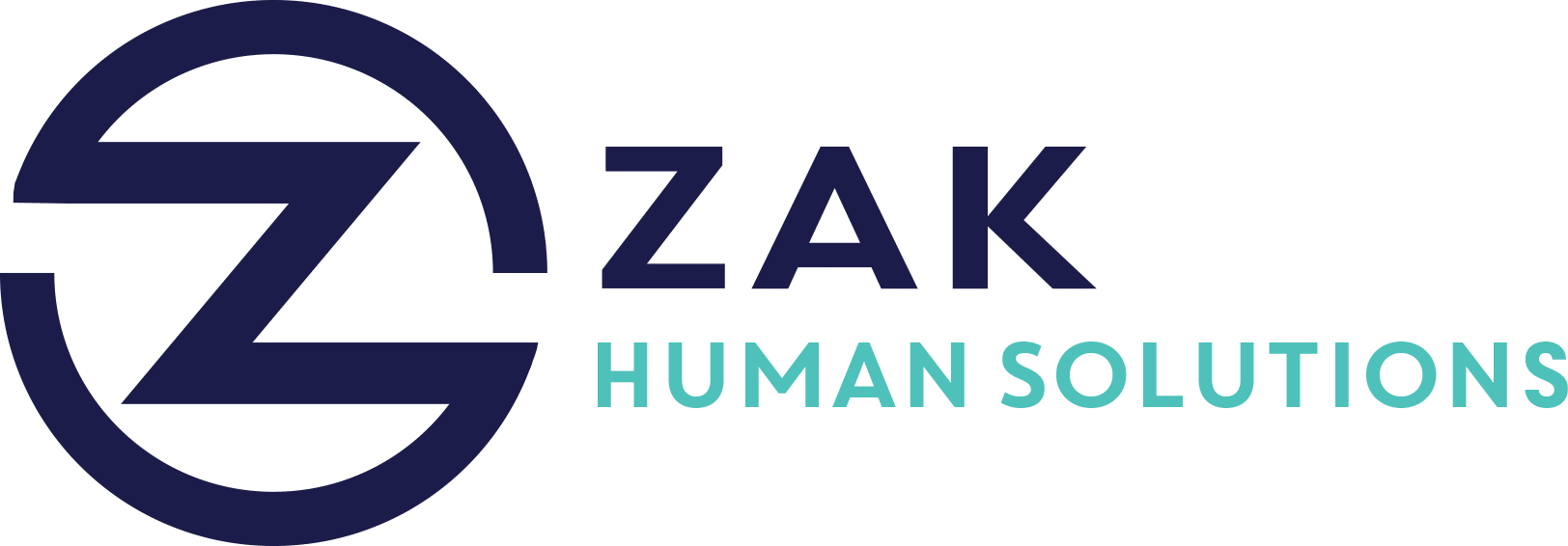Key Takeaways
- Thanking employees can significantly boost engagement and retention rates.
- A Gallup study found weekly “thank yous” led to a 50% reduction in burnout and turnover.
- Many employees report feeling inadequately recognized, which can lead to higher turnover rates.
- Managers often overlook gratitude due to a focus on negative aspects, which is a human bias.
- Establish a “thank-you schedule” to ensure each team member feels appreciated regularly.
- Personalize your thank-yous; be specific about what you appreciate and why it matters.
- Authenticity is key; only express gratitude for genuine contributions to foster trust.
In today’s demanding work environment, where stress, burnout, and employee turnover are alarmingly common, how can businesses maintain a loyal and motivated workforce? The answer might be simpler than we think. According to recent research, expressing gratitude through a simple “thank you” can dramatically enhance employee engagement and retention.
Understanding the Impact of Gratitude in the Workplace
Acknowledging employees’ contributions isn’t just a nice gesture—it’s a powerful tool for enhancing job satisfaction and loyalty. A Gallup study illustrates that employees who receive regular gratitude, such as a weekly “thank you,” experience a staggering 50% reduction in burnout and turnover rates.
The Problem of Unrecognized Efforts
Despite the clear benefits, many employees continue to report feeling inadequately recognized at work. This lack of acknowledgment can heighten feelings of disengagement and potentially drive them to seek opportunities elsewhere. Understanding this dynamic is crucial for any organization aiming to cultivate a supportive and thriving work culture.
Overcoming the Negativity Bias
One reason gratitude is often neglected is humanity’s inherent focus on negative outcomes. Managers, like all individuals, are prone to overlook the positive in favor of correcting negatives. This is a natural predisposition yet one that can and should be countered for fostering a healthier workplace.
Creating a Culture of Gratitude
To break through this bias, incorporating structured practices is essential. Establishing a “thank-you schedule” ensures consistent acknowledgment of employees’ efforts:
- Weekly Check-Ins: Allocate time each week to reflect on team members’ contributions, recognizing individual efforts.
- Personalization Matters: Generic thanks may fall short. Highlight specific actions and explain their positive impact on the team or organization.
The Key to Genuine Appreciation
Authenticity is crucial in expressions of gratitude. Insincerity can erode trust, making employees skeptical of future praise. Ensure that praises are genuine, recognizing not just the outcomes but the effort and dedication behind them.
Strategies for Genuine Recognition
- Be Specific and Intentional:
- “Thank you for your detailed market analysis; it helped us refine our strategy efficiently.”
- Balance Positive and Constructive Feedback:
- When necessary, accompany appreciation with constructive feedback to promote growth without negating the gratitude expressed.
- Encourage Peer Recognition:
- Cultivate a culture where employees also recognize each other’s contributions, enhancing mutual respect and camaraderie.
Gratitude as a Strategic Advantage
Incorporating gratitude into workplace culture not only promotes individual well-being but also serves as a strategic advantage for the organization. By regularly expressing thanks, companies can build more cohesive, motivated, and satisfied teams.




